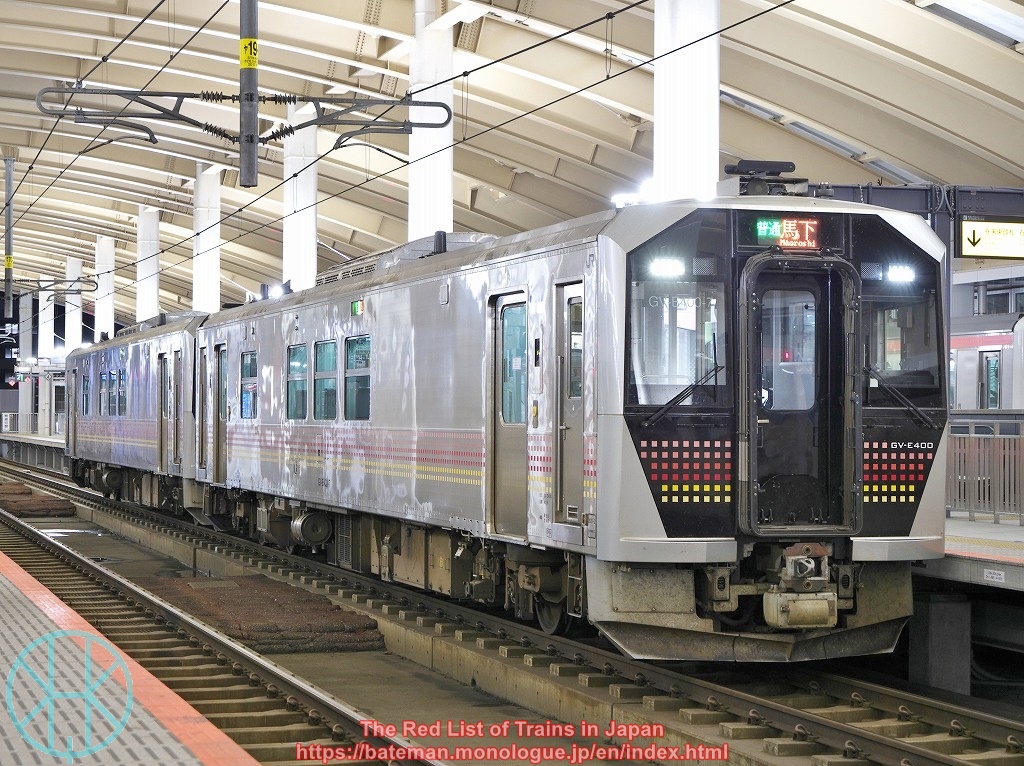Introduction
On 26 September, Seibu revealed its detailed plan to purchase and introduce second-hand trains to its branch lines. It is uncommon if not unprecedented for a major railway company to reintroduce used trains of other railway operators. What we know so far?
Background
Seibu has been known for having many environmentally unfriendly trains. A quarter of its fleets are outdated while other major private railways in the Greater Tokyo Area has mostly completed replacing old-fashioned ones. Seibu has been introducing 40000 series since 2016, but the company estimated that the replacement would not finish until 2036 at the current pace.
Therefore, Seibu concluded that reintroducing second-hand but energy-saving trains would contribute to achieve its sustainability goals by 2030, six years earlier than the initial plan. The first official announcement regarding the reintroduction was made in December 2022, and there had been various speculation about possible rolling stock since then.
Which trains to be replaced with?
101 series, 2000 series and 4000 series trains. Remaining units were built in the 1980s or early-90s, though not a few components of the 4000 series were reused from trains developed in the late-60s. The 101 series is used for Sayama and Tamagawa Lines, and the 4000 series runs Chichibu Line. The 2000 series is still widely used across the network including Ikebukuro and Shinjuku Lines. There are approximately 300 carriages in total.
There is one more train type with eco-unfriendly features called 10000 series New Red Arrow, but Seibu has not referred to its fate at all.
What trains replace them?
Odakyu 8000 series and Tokyu 9000 series trains (including Tokyu 9020 series). They are commuter trains built in the 1980s and early-90s, just as old as the Seibu trains in question. NHK reported that Seibu plans to introduce 40 and 60 carriages respectively. The Odakyu 8000 series will be for Kokubunji Line and the Tokyu 9000 series will be for Chichibu, Sayama, Tamagawa and Tamako Lines. Each unit of the 9000 series is formed of five coaches at the moment but it will be shortened to four.
According to the official document, the 8000 series will enter service in 2024 while the 9000 series will be in "2025 or after that". Many of them are likely to be compatible with driver-only operation.
Is it really a sensible idea?
Seibu had been looking for eco-friendly trains with stainless-steel bodies. Odakyu 8000 series has been its traction and motors refurbished with new ones in 2003-13, but its body is made of ordinary carbon-steel. In other words, it does not meet one of two requirements. Hence, it is not certain whether the body is durable enough for the next 10-20 years.
Tokyu 9000 series meets with both criteria though Tokyu has not classified it as environmentally friendly in the last ten years. It will run Chichibu Line which has many steep slopes and tight curves so that there should be enhanced braking systems to deal with them.
Even so, Seibu estimates that 5,700 tonnes of carbon dioxide will be reduced a year, as the second-hand trains require 50% less energy than the old trains. Needless to say, it financially help the company as well.
Wasn't there other choices?
Speculation by railway enthusiasts included JR 209 series and Tokyo Waterfront Railway 70-000 series since not a few carriages are due to be withdrawn by 2030 and they meet the two elements on Seibu's wishlist. However, the 209 series has been notorious for not being sturdy enough as JR East designed it to have half the lifespan of other trains. The 70-000 series is based on the 209 series. Probably that is why Seibu decided not to purchase them.
Are there any examples of second-hand trains?
Small private railways often use second-hand trains, but it is rare to see major railway companies purchase used trains. One of the most well-known case in Japan is Meitetsu 3880 series, which was originally Tokyu 3700 series. Introduced to Toyoko Line in 1948, the 3700 series was used by Tokyu until 1980. Meitetsu purchased all them in 1975 and 1980 to deal with skyrocketing demand. The 3880 series was mainly used on Inuyama and Kakamigahara Lines until 1985.
Since the 21st century began, there were two such cases. In 2004, JR East purchased six carriages of TWR 70-000 series, which were operational until 2022. At that time, TWR had been rearranging the series from six to ten coaches, and JR East took redundant carriages over.
The other case was Semboku Rapid Railway 3000 series, 14 carriages of which were purchased by Nanai in 2013. Nankai had to replace 7000 series trains as soon as possible but it was impractical to replace them with brand new trains. Hence, Nankai decided to reuse the 3000 series. Today, all 14 carriages are used on Nankai Main Line their car numbers unchanged.











